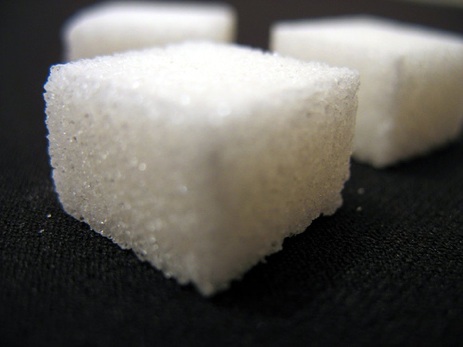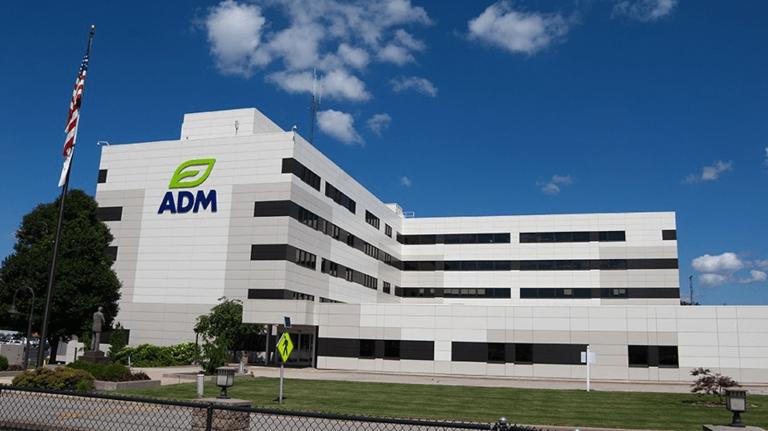There’s a certain story you hear from the Breakthrough crowd these days. It goes like this: climate change is not like previous environmental problems. When it came to ozone depletion or acid rain, there were economically viable technologies available. That made it easier for policymakers to impose regulatory limits. Alternatives to fossil fuel energy are not yet economically viable, which explains the difficulty American politicians have had regulating climate pollution.. As Matthew Nisbet put it in the introduction of his recent report, “technological alternatives were already available and the economic benefits of action more certain — both conditions that allowed policymakers to move forward even in the absence of strong scientific consensus.”
It’s a familiar story, so it’s worth pointing out that, at least when it comes to ozone depletion, it’s wrong on both key points: there was a solid scientific consensus and there were not economically viable technological alternatives at the time regulations were passed.
Ted Parson at Michigan Law is an expert on the subject: he wrote the definitive history, Protecting the Ozone Layer: Science and Strategy. Let’s ask him: were there readily available alternatives when ozone regulations were passed?
He says, “this is one of the half-dozen major things that ‘everyone knows’ about the stratospheric ozone case that are simply erroneous.” In fact, while some preliminary research had been done in the ’70s, the main companies involved had come to the conclusion that alternatives were “possible in principle, but there are serious problems and obstacles with every one of them, they would cost twice as much as CFCs or more, and developing any of them as a serious CFC alternative would require ten years of research.”
That’s where things stood in 1988 when the Montreal Protocol was signed, calling for 50 percent cuts in CFCs. Industry “screamed bloody murder,” says Parson. And then they intensified their research programs and, over the coming years, made the many and varied breakthroughs necessary to drive the cost of alternatives down. Here’s the key point from Parson:
The crucial technological advances that demonstrated the viability of alternatives all came after, not before, the political decision to impose 50 percent CFC cuts. And the effort to generate these advances was motivated by the imminent threat of these regulatory restrictions — not the reverse.
What this means for the climate fight I will leave to others. But at the very least it’s time to put this particular myth to bed.
UPDATE: Roger Pielke Jr. responds.
——
Here, for the interested, is Parson’s full reply:
This is one of the half-dozen major things that “everyone knows” about the stratospheric ozone case that are simply erroneous.
As soon as CFCs came under suspicion in 1974, any competent chemist could, and many quickly did, figure out that there are a couple of dozen similar chemicals that would be plausible alternatives less destructive of ozone — the 1, 2, and possibly 3-carbon HCFCs and HFCs. A few years of research allowed labs at DuPont, ICI, Allied, Atochem, and a couple of other CFC producers to verify that there were possible synthesis routes for these, and to do preliminary investigation of the thermodynamic and other properties that would determine their suitability for applications formerly served by CFCs (e.g., to identify the vapor-pressure curves for those that were not already established). DuPont issued a report in 1979 that said, more or less, that “these are possible in principle, but there are serious problems and obstacles with every one of them, they would cost twice as much as CFCs or more, and developing any of them as a serious CFC alternative would require ten years of research.” Most relevant audiences heard this message, as DuPont intended, as equivalent to “this would be really hard and uncertain of success”. The brief threat of comprehensive CFC regulation (which reared its head for a few months near the end of the Carter administration) receded in 1979-1980, and DuPont and all the others stopped their alternatives research programs within a year.
The threat of comprehensive regulation came back in 1986. DuPont, asked to present what it knew about alternatives at an EPA workshop in mid-1986, repeated exactly the same message as they said in 1979 — after all, they had done no more research in the interim. But this time, due to some skilful spinning by environmental advocates and EPA officials, most people heard the message as, “with several years of further development effort and a higher price, we could probably make some of these work.” This was not a big part in the forces that contributed to enabling serious control negotiations to proceed, but it did help a little. DuPont and the other major US CFC producers and users also, through their industry association, cautiously endorsed mild international controls in an August 1986 announcement — something resembling a freeze at current emissions levels — but this was all about responding to scientific evidence for the risk, not a bit about availability of alternatives.
So the negotiations took off, with the US delegation advocating elimination of CFCs, and within 18 months we got the first Montreal Protocol with its 50% CFC cuts. Throughout this period, DuPont and the other US firms that had cautiously said “maybe a freeze would be OK” screamed bloody murder that they had never said anything about elimination or even 50 percent cuts, and that alternatives were not proven, let alone fully developed for specific applications. The industry perception through this period was very much that they were being punished for their good deed of accepting the need for some limited degree of regulatory control.
They kept shouting this until early 1988 — i.e., throughout the entire period of negotiating the Montreal Protocol and the first few months afterwards — even while they ramped up their alternatives development programs at high intensity. There were no major breakthroughs in proving the viability of alternatives in any major CFC application through this period, nor were there by March 1988 when DuPont reacted in panic to another high-profile scientific risk assessment (the Ozone Trends Panel) by announcing it would cease production of CFCs. The key breakthroughs — of which there were many, pertaining to particular chemicals in particular applications, no single blockbuster — came from early 1988 through the following couple of years, then kept on coming.
Key point: The crucial technological advances that demonstrated the viability of alternatives all came after, not before, the political decision to impose 50% CFC cuts — and the effort to generate these advances was motivated by the imminent threat of these regulatory restrictions — not the reverse. This is widely misunderstood and misrepresented — not just by those who are careless with the truth, but also by many who have read or heard the contrary claim and remember it because it just makes sense given people’s priors about regulation and corporate strategy.
(For what it’s worth, the original in-print claim of the false alternative came from a 1993 paper in the journal International Environmental Affairs, in which a couple of researchers investigated the factors leading to the Montreal Protocol by interviewing executives at the British CFC producer ICI, and uncritically repeated what their sources told them — that DuPont had a secret breakthrough, so the US delegation pushed the Protocol through to use international regulation to advantage DuPont relative to its European competitors.)



